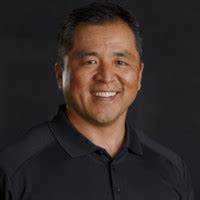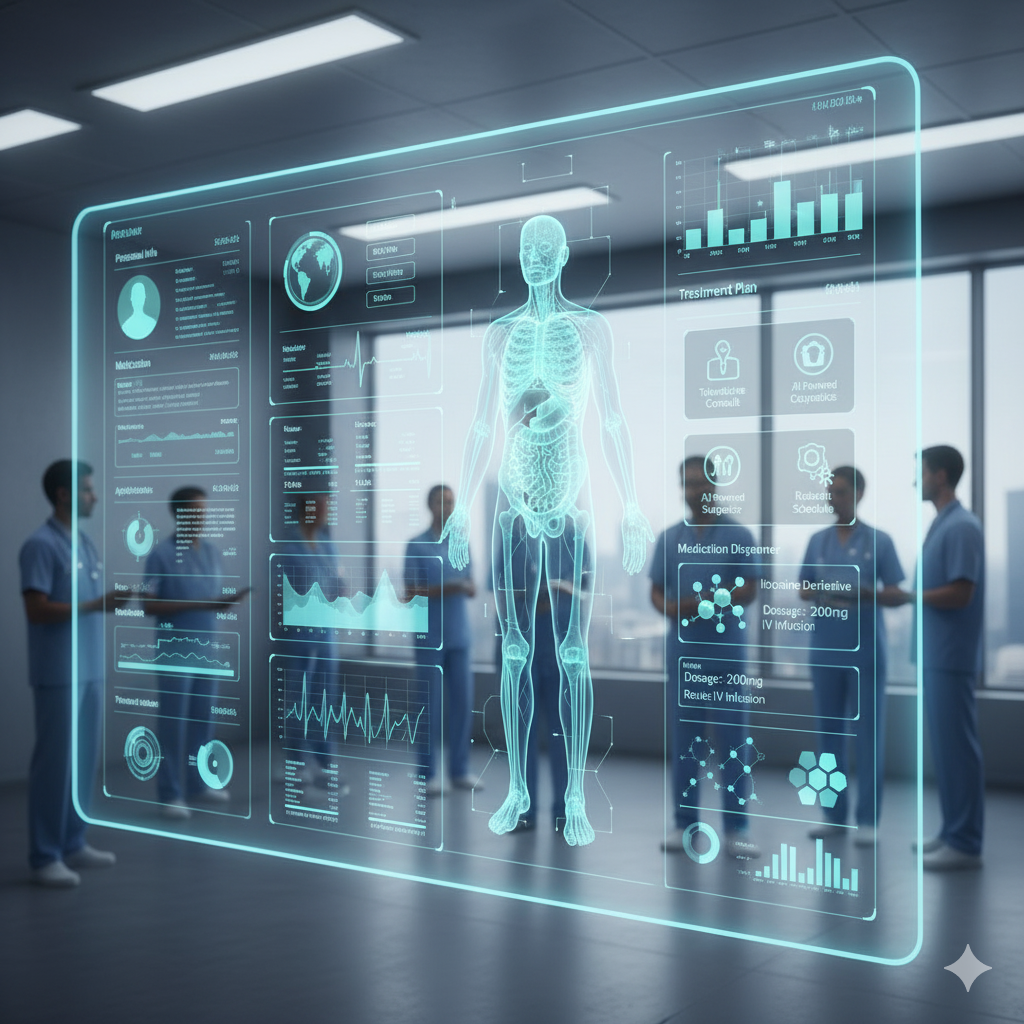By Dr. Tommy Rhee
When most people think of recovery, they imagine crutches, ice packs, physical therapy sessions, and weeks, sometimes months, of taking it easy. For decades, that’s just how healing worked. You got hurt, you rested, and you hoped your body would cooperate. If it didn’t, you turned to surgery, cortisone shots, or other invasive procedures. But what if healing didn’t have to be so hard? What if recovery could be faster, simpler, and, most importantly, less painful?
That question has driven much of my career, and it’s at the heart of my new book, The Future of Regenerative Medicine: Unlocking the Potential of Topical Stem Cell Therapy. As the leader in stem cell therapy, I’ve spent years studying how the body repairs itself—and what we can do to help it along. What I’ve found is both fascinating and hopeful: we’re entering an entirely new era of medicine, one where recovery doesn’t require a needle or a scalpel.
From High-Tech Labs to Everyday Healing
When people hear the phrase stem cell therapy, they often picture a sterile lab filled with high-tech machines and scientists in white coats. And it’s true that stem cells have long been at the cutting edge of medical research. But for most people, this field has felt far removed from everyday life, accessible only to elite athletes or those with deep pockets.
That’s changing. Advances in regenerative science have made it possible to deliver the benefits of stem cell therapy in a far simpler way—through the skin. This is what’s known as topical stem cell therapy, and it’s one of the most exciting frontiers in modern medicine.
Unlike traditional stem cell procedures, which often involve injections or surgeries, topical therapy uses compounds derived from placental or amniotic tissues—substances naturally rich in growth factors and cellular messengers. When these compounds are applied to the skin, they’re absorbed and begin communicating with the body’s own cells, triggering regeneration where it’s needed most.
Think of it like giving your body a set of clear instructions to repair itself—without the downtime or discomfort of more invasive treatments.
Healing Smarter, Not Harder
In my work with professional athletes, including my time with the Tampa Bay Buccaneers, I’ve seen firsthand how much emphasis we place on recovery. Athletes push their bodies to the limit, and when injuries happen, every minute of recovery counts. But the truth is, recovery isn’t just an athlete’s concern—it’s everyone’s.
From weekend warriors to parents chasing kids around the park, we all want to feel strong, mobile, and pain-free. Topical stem cell therapy offers a way to support that goal without major disruption.
One of the most compelling aspects of this therapy is its accessibility. There are no injections to fear, no clinics to visit, and no recovery time required. You simply apply the formula to the skin, and it begins working at a cellular level to reduce inflammation, rebuild tissue, and accelerate healing.
I’ve seen patients use it for everything from joint pain and muscle strains to tendon injuries and post-surgical recovery. The results are encouraging, and the experience, empowering. Instead of waiting for someone else to “fix” them, people can take an active role in their own healing journey.
The Science of Simplicity
You might be wondering how something that sounds so simple could be so effective. The secret lies in communication. Our bodies are made up of billions of cells that are constantly sending and receiving signals. When we’re injured, those signals get disrupted. Stem cell–derived compounds help restore that communication, telling the body, “Hey, there’s work to do here.”
It’s a process known as bio-communication, and it’s one of the most promising areas of regenerative medicine. What’s remarkable is how gentle it is—no forcing the body to act, no artificial stimulation. Just a boost to the body’s own intelligence.
A New Mindset Around Recovery
For me, this isn’t just about developing another medical treatment. It’s about shifting how we think about healing itself. For too long, recovery has been something we endure—a process of waiting and hoping. But what if we saw it instead as a process of empowerment?
Topical stem cell therapy allows people to take control of their health in a tangible, everyday way. It fits into real life. You can use it alongside your workouts, during physical therapy, or even as part of your general wellness routine. It doesn’t replace medical care, but it enhances it, bridging the gap between science and self-care.
Looking Ahead
As regenerative medicine continues to evolve, I believe topical applications will become an essential part of how we approach healing. Imagine hospitals with fewer surgeries, athletes recovering in days instead of weeks, and everyday people finding relief from chronic pain—all without invasive procedures or long recovery times.
That’s not science fiction anymore. It’s science, simplified.
Of course, more research and education are key. My goal with this book isn’t just to share what I’ve learned, but to open the conversation as a way to show that regenerative medicine doesn’t belong only in labs or clinics. It belongs in our homes, our routines, and our understanding of what’s possible.
Healing shouldn’t be a privilege. It should be part of how we live.
The Future Starts Now
Whether you’re recovering from an injury, managing chronic pain, or simply trying to keep your body strong as you age, the future of regenerative medicine is full of promise. With topical stem cell therapy, we’re redefining what recovery looks like—and proving that healing doesn’t have to hurt.
The future of recovery is here. And it’s right at your fingertips.
Dr. Tommy Rhee is the author of The Future of Regenerative Medicine: Unlocking the Potential of Topical Stem Cell Therapy. A UCLA graduate and regenerative medicine specialist, Dr. Rhee has worked with professional athletes and patients worldwide to advance accessible, non-invasive healing solutions.





